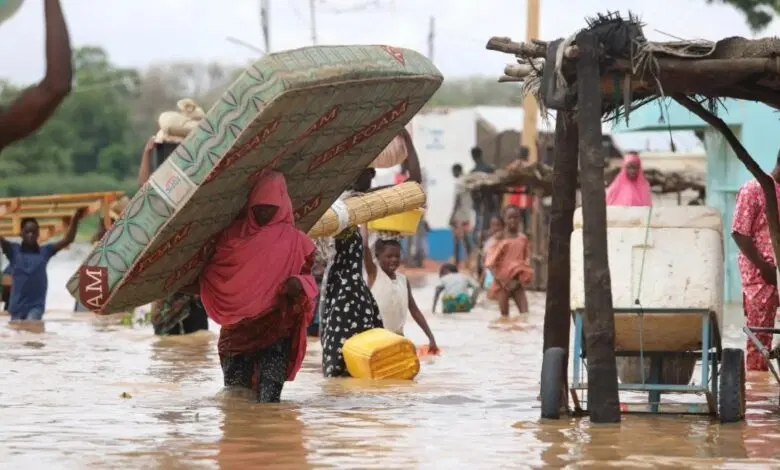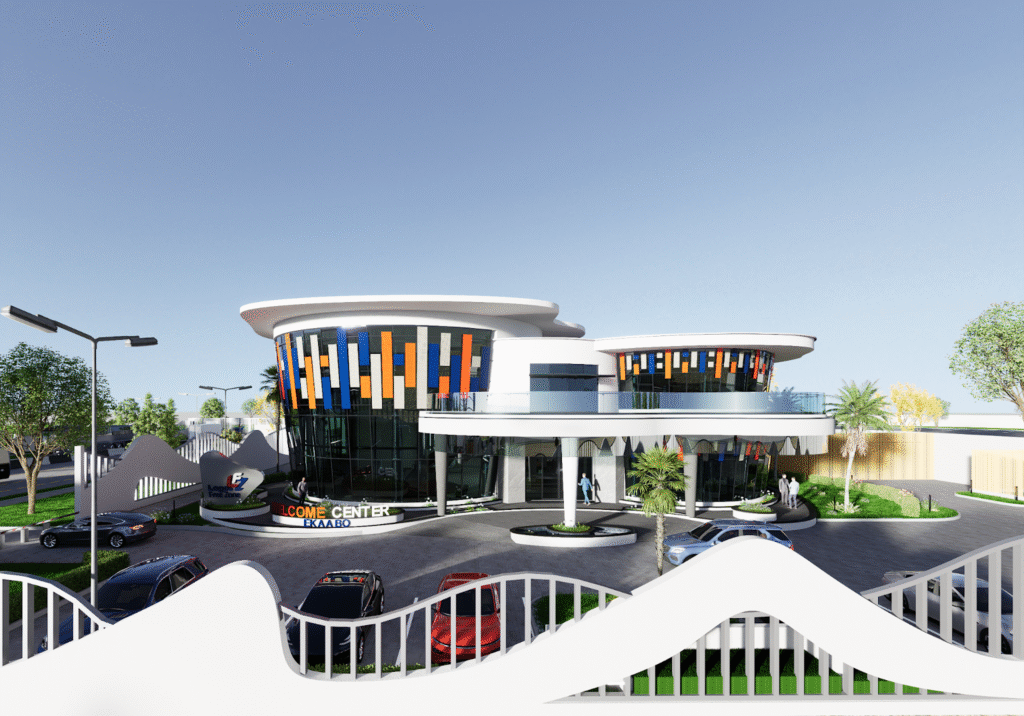
Floods Hit Riverine Areas: Over 500 Displaced
Kabba, Kogi State / Mokwa, Niger State – July 2025 – Heavy rains and rising river levels have triggered severe flooding across multiple riverine communities, displacing over 500 households and inflicting widespread infrastructural damage.
📍 Kogi State: Kabba’s Deluge
In Kabba (Idde‑Iyah community), three days of rain submerged more than 500 homes, washing away personal belongings and forcing families onto higher ground (allafrica.com, guardian.ng). Governor Ahmed Usman Ododo confirmed the losses, noting the destruction of property worth millions of naira, and emphasized urgent relief efforts.
The Nigeria Meteorological Agency (NiMet) has flagged 16 additional states—including Sokoto, Lagos, Edo, Benue—as being at high risk this month (guardian.ng). Meanwhile, the Federal Hydroelectric Commission (N‑HYPPADEC) has urged residents of Kogi’s riverine areas to relocate temporarily to avoid further disaster (allafrica.com).
📍 Niger State: Disaster in Mokwa
In a related crisis, national media report that torrential rainfall on May 28–29 caused catastrophic flooding in Mokwa, Niger State. Over 500 households were displaced, more than 3,000 people left homeless, and approximately two bridges and roads were destroyed (en.wikipedia.org). Fatalities have been reported at over 200, with around 1,000 individuals still missing and presumed dead (en.wikipedia.org).
President Tinubu activated an emergency response, dispatching relief materials, temporary shelters, and national security personnel (apnews.com). He reassured citizens: “No Nigerian affected will be left behind” (apnews.com).
🌧️ National Flood Threat: A Warning Unheeded
According to the 2025 Nigeria Flood Report, over 30 states and more than 1,200 communities are now considered flood‑prone (en.wikipedia.org). This includes many riverine and low‑lying regions, where seasonal rains—often combined with dam water releases and poor drainage—pose recurring threats .
North‑central and south‑south states like Kebbi, Edo, Delta, and Bayelsa have launched mitigation programs. These include community sensitization, clearance of drainage systems, and pre‑emptive relocation programs to reduce future flood impacts . However, many experts caution that infrastructure weaknesses—such as lack of flood controls, neglected canals, and insufficient early warning systems—leave communities dangerously unprotected .
✅ What Happens Next?
Local governments and federal agencies are mobilizing relief teams in flood‑hit areas, setting up evacuation camps, and distributing clean water to prevent water‑borne disease outbreaks (reddit.com). Meanwhile, environmentalists are demanding large‑scale engineering solutions such as river dredging, embankment fortification, and enhanced early‑warning infrastructure (businessday.ng).
🔍 Final Take
With forecasts predicting continued heavy rainfall, Nigeria’s recurring flood crises demand stronger coordination between federal, state, and local actors. Community preparedness needs to shift from reactive relief to proactive resilience—combining public awareness, infrastructure investment, and systemic planning—to protect lives and livelihoods before, during, and after flood seasons.










